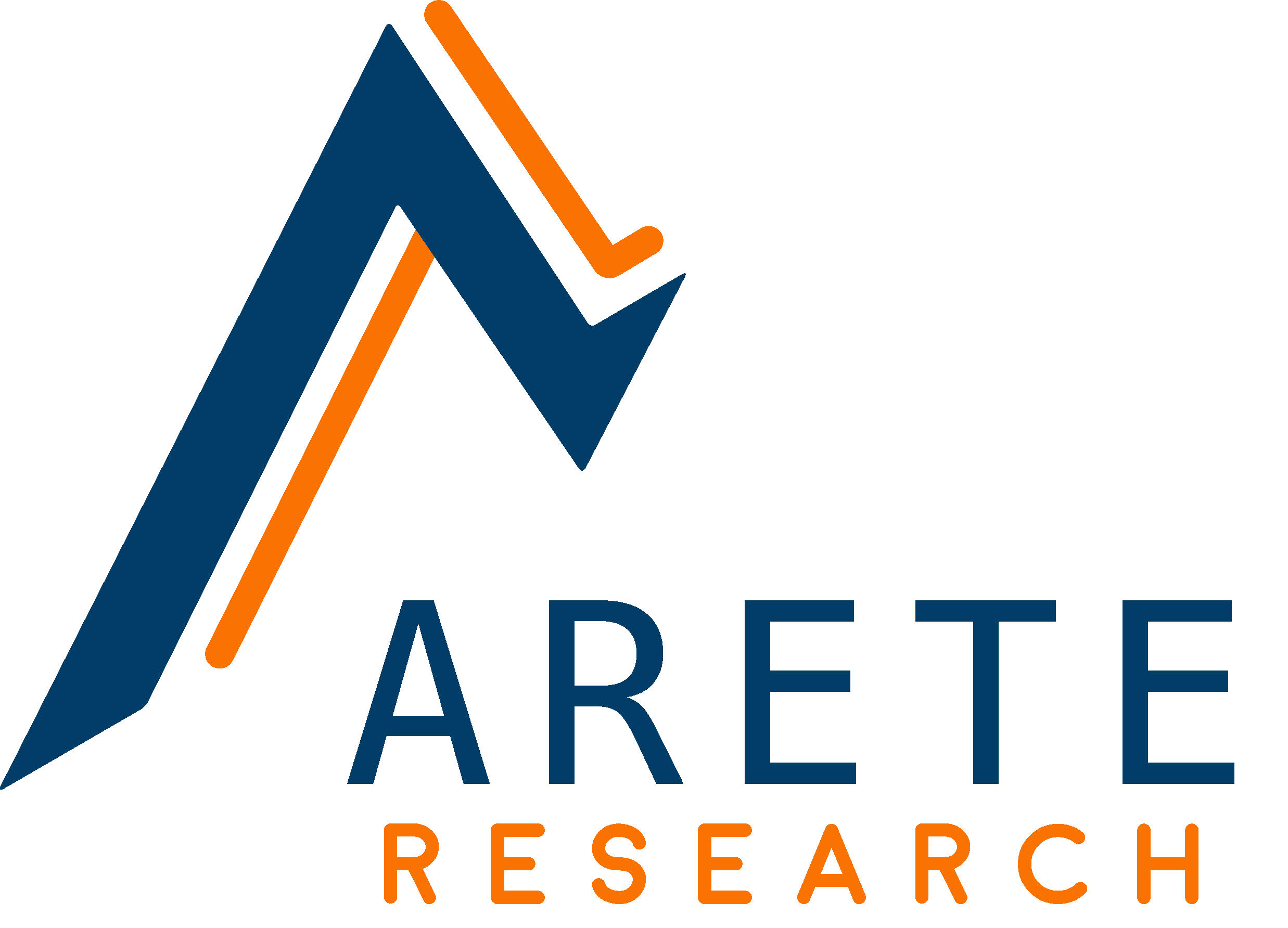For all the fireworks and detailed coverage of US v. Google – including financial disclosures that thrilled our analyst hearts – no one has yet suggested a sensible way to unpick the hideously complex “spaghetti football” of the world’s largest ad tech business.
Closing arguments in the case aren’t until the end of November, but other regulators have already drawn their own conclusions about Google’s behavior. Just last month, the UK’s CMA accused Google of abusing its dominant position in the “ad tech stack.”
To use the oft-cited financial markets analogy, Google is a broker, market maker and stock exchange with its own stock that also runs the settlements and clearing system. The potential for conflicts of interest are obvious.
But it’s naïve not to acknowledge that Google’s end-to-end third-party network is still among the cheapest ways to buy digital ads on a wide variety of sites. Google’s competitors by comparison – however excluded they may feel from the market – often take far more than their fair share and hide that fact behind layers of unnecessary complexity.
Middlemen and their margins
There is no debating that the ad tech industry is a vast and opaque fee-extraction machine.
Throughout history, technology has made industries more efficient. But not ad tech. Why, for example, can we trade stocks for fractions of a percent while digital ads cost 50% of spend? Ad tech’s murky supply chain is causing publishers around the world to struggle at best and fail at worst.
Meanwhile, every new revelation from the category of truth tellers we call “forensic ad tech,” including Adalytics, Human and Sincera, sparks indignation and generates fiery headlines only to fade away shortly after.
Yet a US government-mandated breakup of the “ad tech stack” would likely have unintended consequences. Most publishers principally rely on revenue from Google-placed ads. Lawyers may imagine ways to pick apart tech features, but most publishers lack the technical expertise to implement them. There’s a reason so many publishers integrate Google’s products as a default.
I’d argue the best way to unpick this Gordian Knot is to change the incentives and for Google to spin out its entire network unit as a public benefit “B Corp” with capped margins.
Why would Google and its shareholders, which have fiercely resisted any curtailment, consider this plan?
There are five very good reasons.
Meet NetworkB
First, after embarrassing disclosures at trial, Google needs a PR win and to remove itself as the target of incessant complaints from publishers.
Second, Google surely must be hyper aware that Microsoft totally missed the mega-trends of mobile and internet while it spent a decade battling the DOJ over Internet Explorer. Management would surely prefer to focus on developing AI-based services and remove the regulatory overhang from its share price.
Third, incentivizing NetworkB to put the maximum amount of advertiser dollars into the hands of publishers at the lowest possible take rate would support the wider web that other parts of Google – Search, Maps, YouTube, etc. – benefit from.
Fourth, Google would be losing its lowest-margin business unit, while Alphabet shareholders would own what we estimate could be conservatively worth $100 billion to $150 billion – or far more, if The Trade Desk’s super-premium valuation is applied as a comp.
Finally, NetworkB unit could create “The Big Short” on ad tech, and the surplus value saved thanks to NetworkB’s efficiency could be returned to publishers from the many ad tech intermediaries currently siphoning it off. This would also raise the value of Google’s own vast logged-in first-party user base.
Ad tech as a force for good
And we don’t see a reason this couldn’t work in practice.
The best way to support an open internet is to remove the rampant fee extraction – with so little value added – of the ad tech ecosystem by unleashing its largest player to show how it can be done transparently at the lowest cost and for the public benefit.
NetworkB could pledge complete fee transparency, which is something the industry fiercely resists. Today, everyone takes their cut. There are agency fees, buy-side fees, sell-side fees, plus measurement, brand safety and attribution vendors.
If NetworkB capped its margins, reducing total take rates from the current 50%+ to a fraction of that – 10% to 20%, say – publishers would have an agent selling their inventory and acting in their best interests. Advertisers could make their marketing budgets go further, and NetworkB would have an incentive to reduce the monetization of made-for-advertising and misinformation sites. A NetworkB-style entity would also be motivated to end the shady practices of the more than 500 self-declared “data brokers” under California’s new Delete Act, companies that almost certainly fall short of the informed consent required under Europe’s GDPR.
A business of this nature would almost certainly attract exceptional talent interested in re-plumbing a clearly dysfunctional ad tech sector.
The calculus for Google is simple. It can either spend years filing appeals – and leave its internal operations hamstrung and divided – to save its lowest-margin business (and face), or it can create a separate entity that would bring ad tech fees in alignment with costs and potentially quash the many bad actors and practices that plague this industry.
In a world like this, Google’s own PMax algorithms could become a large buyer on NetworkB for audience extension. Talk about oxygenating the market.
A former Google executive suggested in his testimony that the “plumbing” of Google’s ad tech business should be “a public good, run by the government for all I care.” This is the right idea.
So, let’s turn the largest player in ad tech into a massive force for good. Surely this is something regulators, marketers, publishers and the many well-meaning activists can get behind.
“Data-Driven Thinking” is written by members of the media community and contains fresh ideas on the digital revolution in media.
Follow Arete Research and AdExchanger on LinkedIn. Please contact the author for the detailed proposals.
For more articles featuring Richard Kramer, click here.















